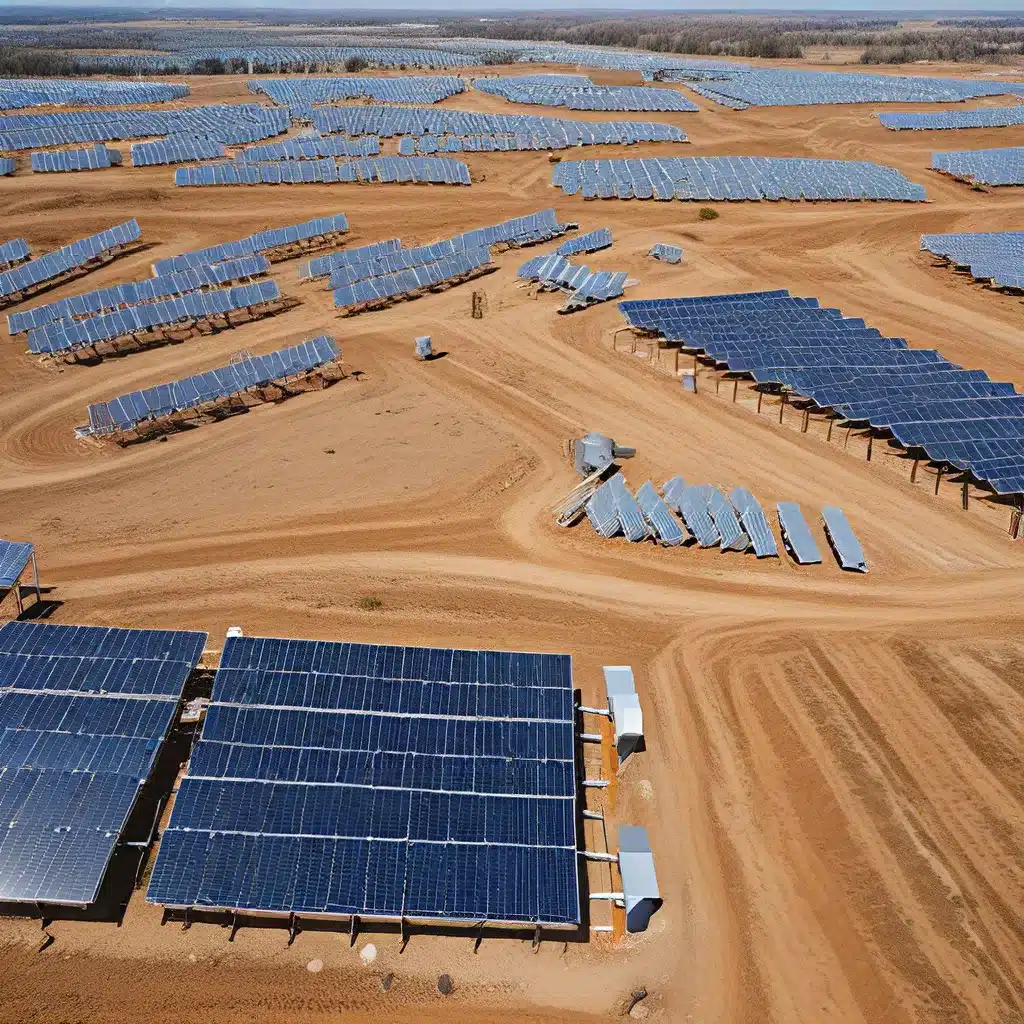
The Shifting Landscape of Energy Generation
As the world grapples with the pressing need for sustainable energy solutions, distributed energy resources (DERs) have emerged as a promising alternative to traditional centralized power grids. These decentralized energy systems, which include small-scale renewable generators, energy storage, and demand-side management technologies, offer a unique opportunity to transform the way we produce, distribute, and consume electricity.
However, the path to widespread adoption of DERs is not without its challenges. Regulatory hurdles have emerged as a significant barrier, often hindering the progress of these innovative technologies. In this article, I’ll delve into the complex web of regulations and policies that can impede the growth of distributed energy resources, and explore strategies for overcoming these obstacles.
The Regulatory Landscape: A Patchwork of Policies
One of the primary challenges facing DERs is the fragmented and often inconsistent regulatory environment that exists across different regions and jurisdictions. Each state, municipality, and even utility company may have its own set of rules, incentives, and requirements governing the deployment and integration of distributed energy resources.
This patchwork of regulations can create a confusing and daunting landscape for homeowners, businesses, and project developers who are interested in investing in DERs. Navigating the various permitting processes, interconnection standards, and rate structures can be a time-consuming and costly endeavor, often deterring potential adopters.
Studies have shown that the lack of standardization and harmonization in regulatory frameworks can significantly slow the deployment of DERs, hampering the overall progress of the renewable energy transition.
Untangling the Web of Regulations
To address the regulatory challenges faced by DERs, a multifaceted approach is required. Policymakers, regulators, and industry stakeholders must work together to streamline the regulatory landscape and create a more favorable environment for these distributed energy solutions.
Harmonizing Regulations Across Jurisdictions
One key strategy is to harmonize regulations and policies across different regions and jurisdictions. This can involve establishing national or state-level standards for interconnection, net metering, and other DER-related policies, ensuring a more consistent and predictable regulatory framework.
Some states, like New York, have already taken steps in this direction, implementing comprehensive regulatory frameworks that facilitate the integration of distributed energy resources and reduce barriers to adoption.
Streamlining Permitting and Interconnection Processes
Another critical area for improvement is the streamlining of permitting and interconnection processes. Lengthy and complex approval procedures can significantly slow down the deployment of DERs, discouraging potential adopters.
Research has shown that standardizing and simplifying these processes, as well as establishing clear timelines and transparency, can go a long way in reducing the administrative burden and accelerating the integration of distributed energy resources.
Incentivizing DER Adoption
To further drive the adoption of DERs, robust incentive programs can play a crucial role. Tax credits, rebates, and performance-based incentives have been used effectively in various regions to make DERs more financially attractive for homeowners, businesses, and community-scale projects.
By aligning these incentives with the overarching policy objectives of increasing renewable energy generation, reducing greenhouse gas emissions, and promoting energy independence, policymakers can create a more favorable environment for the widespread deployment of distributed energy resources.
The Role of Utility Regulation
Utility regulation also has a significant impact on the viability and integration of DERs. Traditional utility business models, often based on centralized generation and volumetric sales, can create disincentives for the adoption of distributed energy resources.
To address this, regulators and policymakers must work closely with utilities to redesign rate structures, rethink utility business models, and align incentives in a way that encourages the integration of DERs and supports their continued growth.
Strategies such as decoupling utility revenues from volumetric sales, implementing time-of-use pricing, and rewarding utilities for their performance in integrating DERs can help shift the paradigm and create a more supportive environment for the deployment of these distributed energy solutions.
The Path Forward: Overcoming Regulatory Hurdles
As I’ve explored, the regulatory landscape surrounding distributed energy resources is complex and multi-faceted. Navigating this maze of policies and regulations can be a daunting task for homeowners, businesses, and project developers who are interested in investing in DERs.
However, with a concerted effort from policymakers, regulators, and industry stakeholders, the path forward is clear. By harmonizing regulations, streamlining permitting and interconnection processes, providing robust incentives, and redesigning utility business models, we can create a more favorable environment for the widespread adoption of distributed energy resources.
As we continue to seek solutions to the pressing challenges of climate change and energy security, the successful integration of DERs will play a crucial role. And by overcoming the regulatory hurdles, we can unlock the full potential of these innovative and transformative energy technologies.
So, if you’re a homeowner or business owner interested in exploring the benefits of distributed energy resources, I encourage you to visit Firewinder – a leading provider of renewable energy solutions. Their team of experts can guide you through the process and help you navigate the regulatory landscape, ensuring that your DER investment is a success.
Together, we can pave the way for a more sustainable, resilient, and decentralized energy future.

